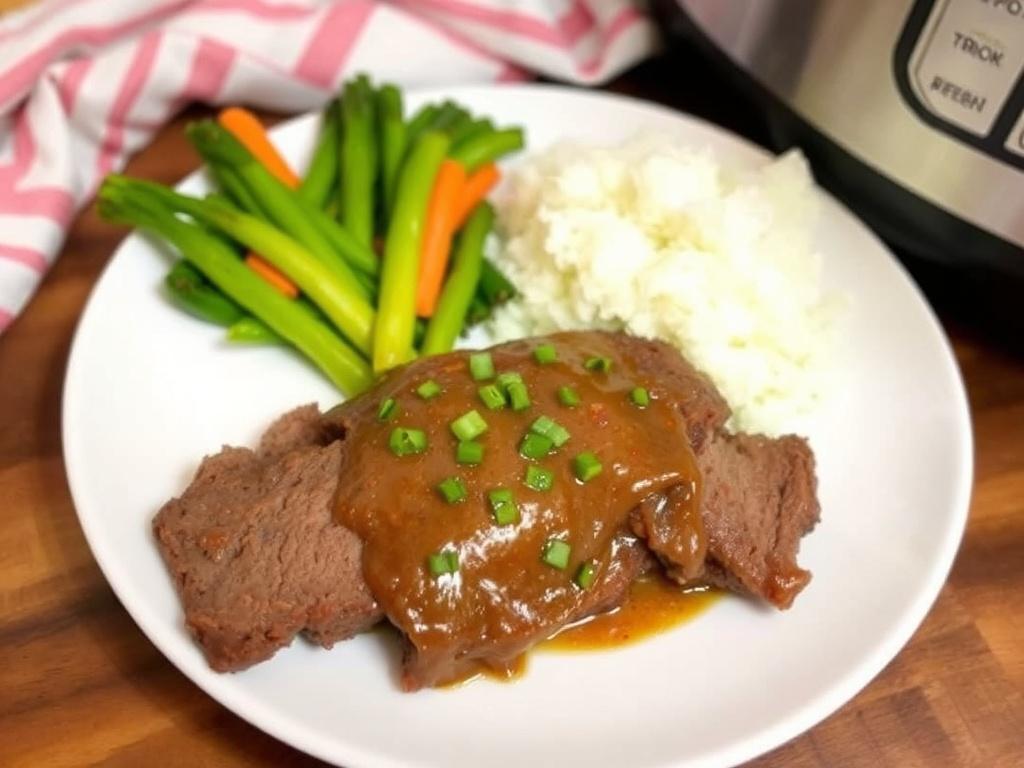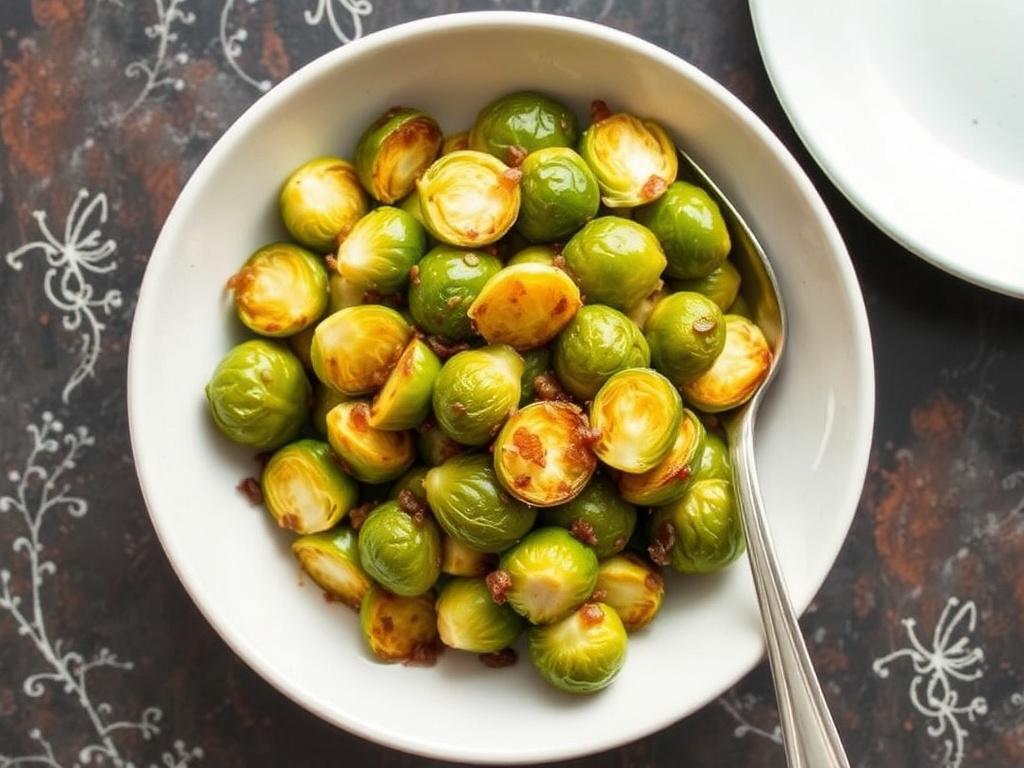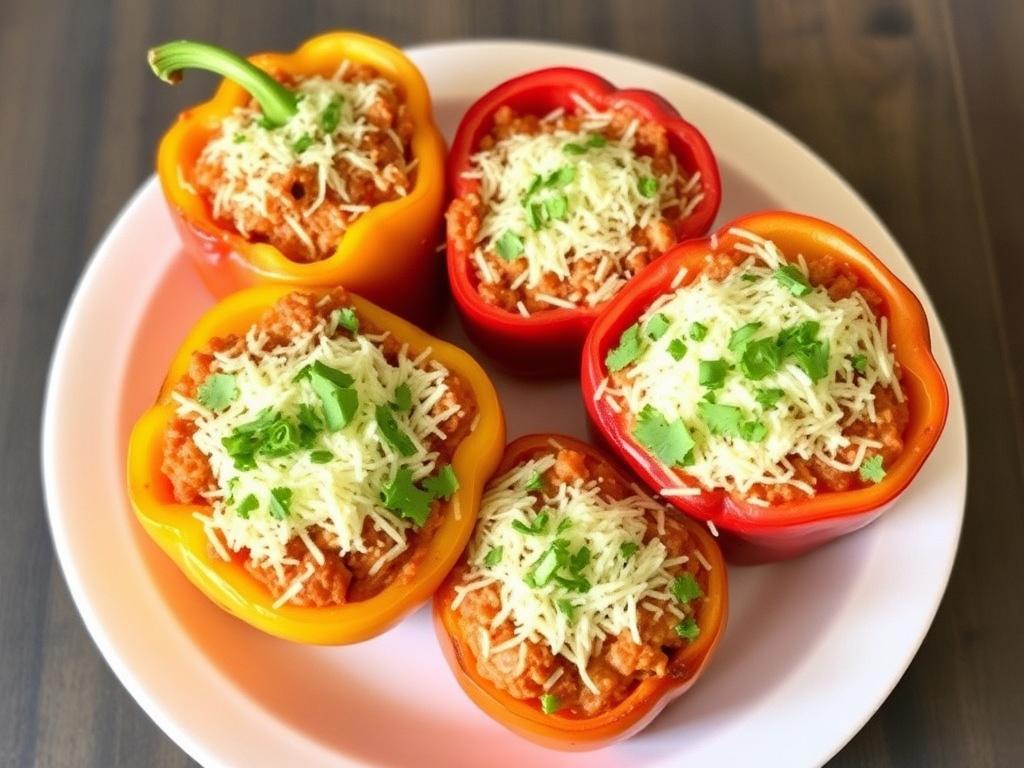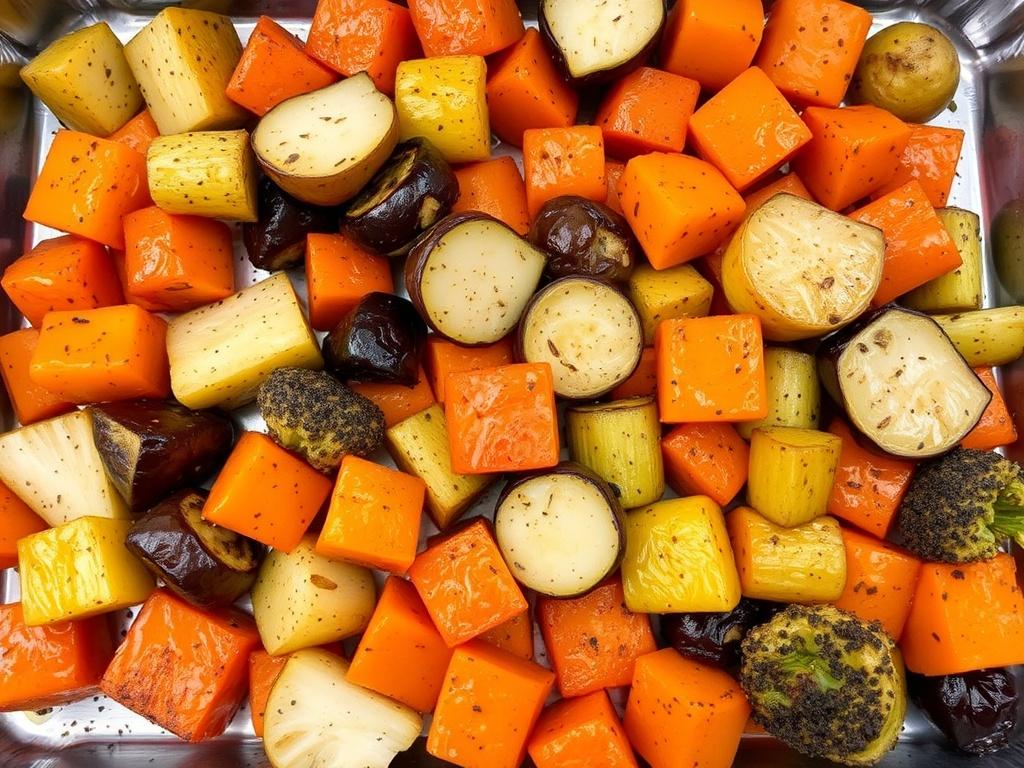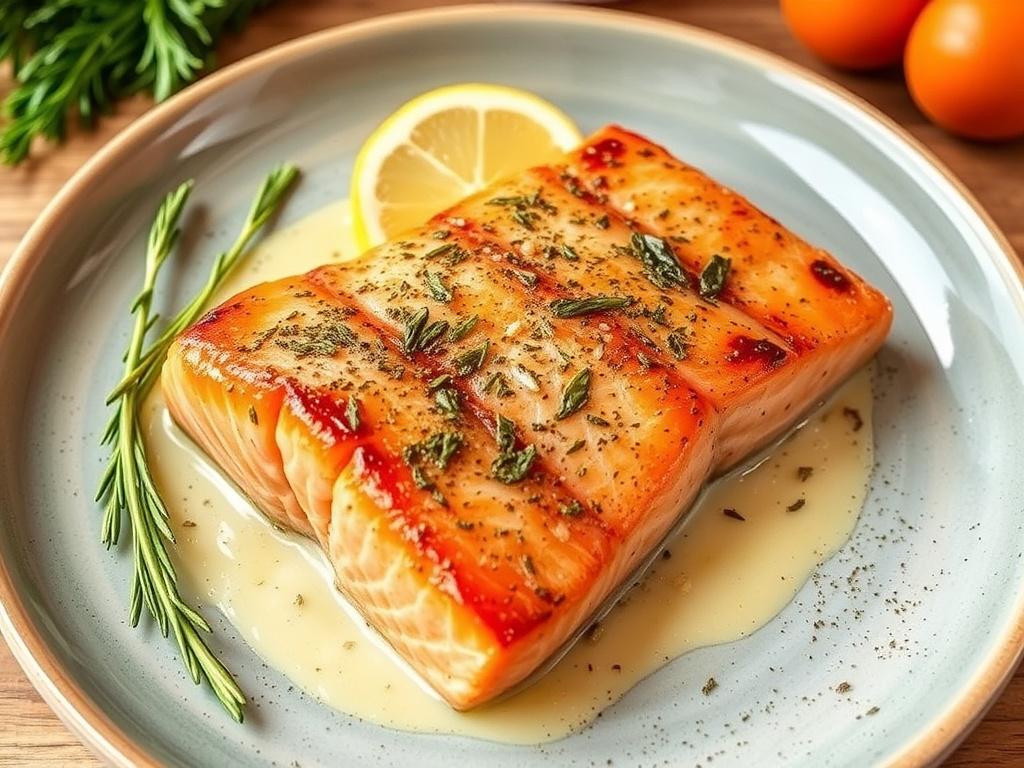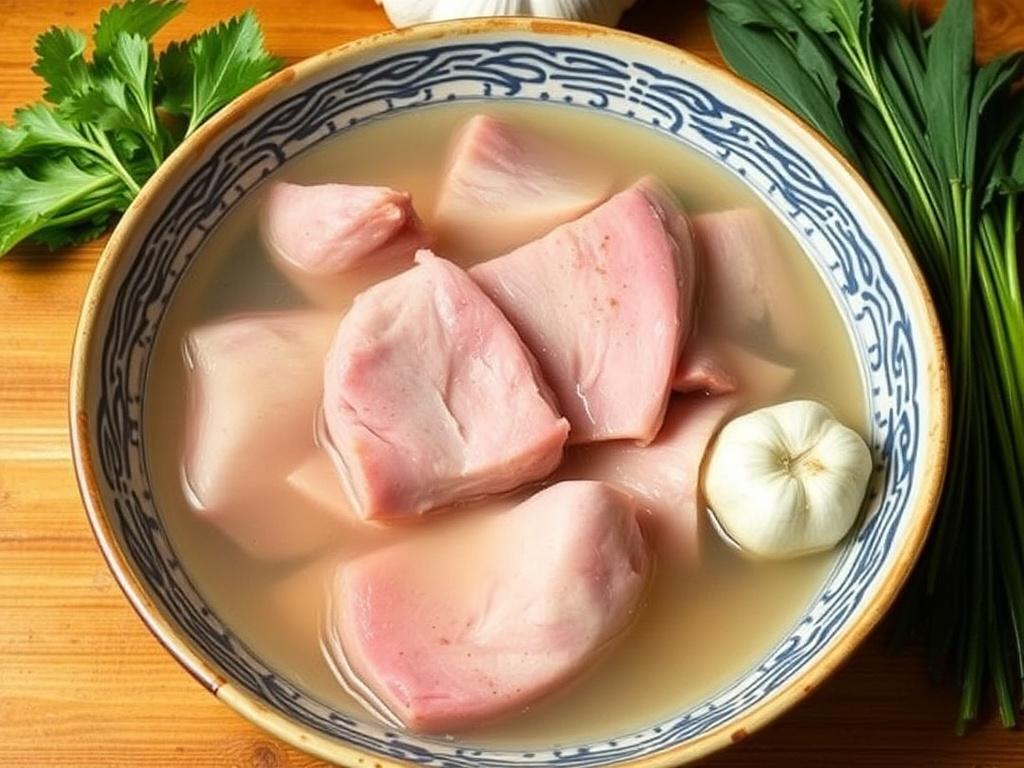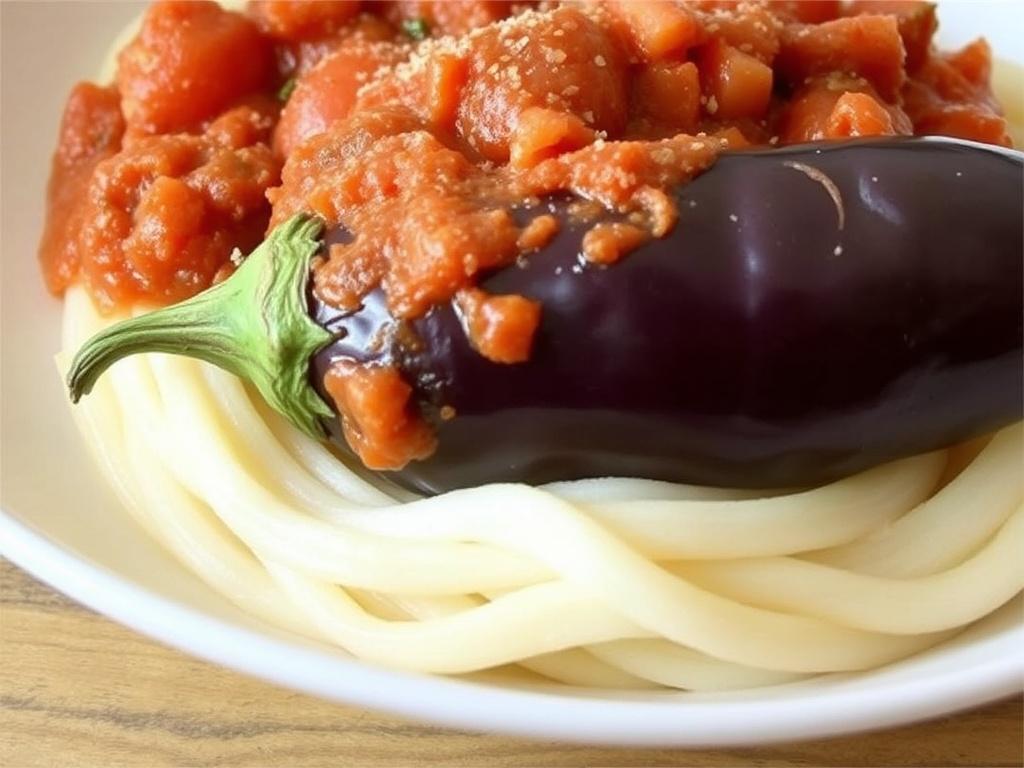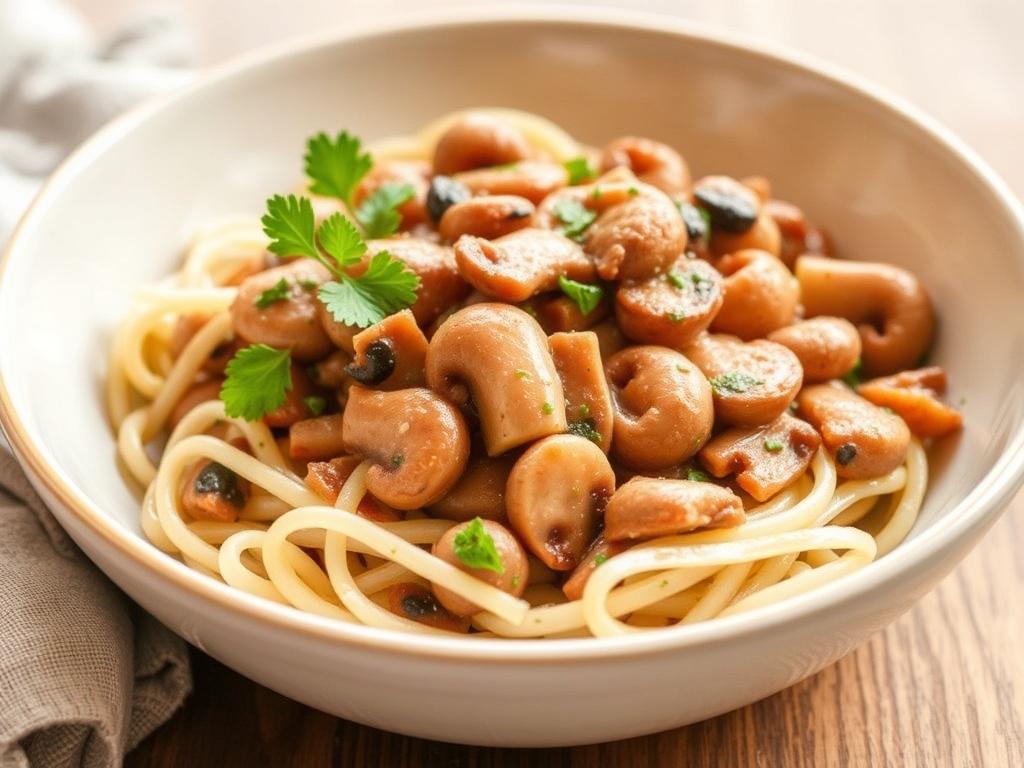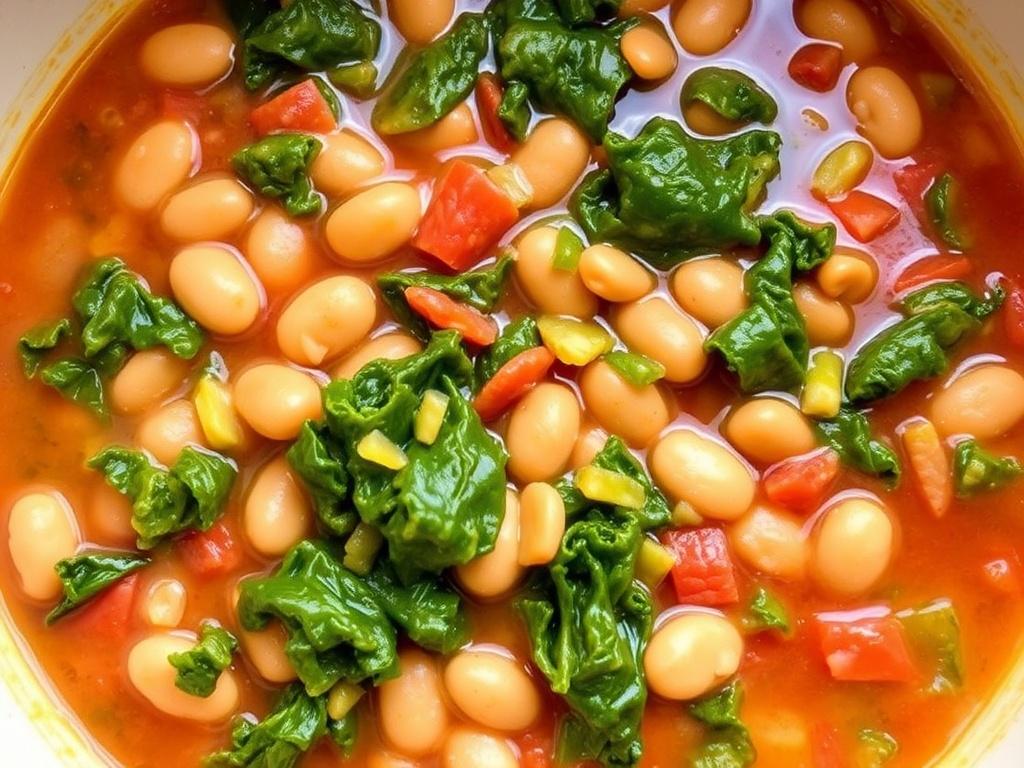Creole Chicken with Sausage: A Hearty, Tomato-Scented Comfort from the Gulf Coast
There’s a warm, homey feeling that wafts up from a pot of Creole-style chicken and sausage as it simmers—tomato, garlic, caramelized onion, and smoke mingling into something irresistible. This dish brings together simple proteins, pantry-friendly spices, and a technique that rewards patience: browning, building layers of flavor, then letting it all marry slowly. I want to walk you through the history that shaped these flavors, the practical choices that make the difference between good and great, and a full, detailed recipe so you can make a memorable meal at home. Along the way I’ll share small tricks I use in my own kitchen, plus variations for weeknights, batch cooking, and feeding a crowd.
Where Creole Comes From and Why It Matters
Creole cooking grew in New Orleans and the surrounding Gulf Coast as a fusion of French, Spanish, African, Caribbean, and Native American influences, and it favors tomatoes and aromatic herbs in ways that set it apart from its Cajun cousin. That tomato-forward profile is part of why a Creole chicken with sausage feels bright and layered rather than just smoky and rustic. Historically, Creole kitchens used whatever was available: chicken raised in backyards, cured sausages shipped from port towns, and a pantry full of onions, bell peppers, celery—the so-called Holy Trinity—that form the flavor base.
Understanding that background helps when you decide how to cook today. Use tomatoes not as an afterthought but as a structural element; treat the sausage as both seasoning and texture; and respect the technique of browning and deglazing to capture depth. The end result should taste like a place: sun, river salt in the air, and a table where people gather and talk while the pot works its magic. Keep that image in mind as you plan ingredients and time.
Main Ingredients: Choices That Affect Flavor
At the heart of this recipe are four pillars: chicken, smoked sausage, tomatoes, and the Holy Trinity of onion, bell pepper, and celery. Chicken thighs—skin-on, bone-in—give the most forgiving texture and deep flavor when braised, though boneless thighs shorten cooking time without sacrificing richness. Sausage is typically Andouille or another smoked, coarse-grain link; its fat renders into the sauce and supplies savory, peppery notes. If you prefer milder heat, choose a milder smoked sausage; if you want more kick, opt for a spicier Andouille.
Tomatoes are the Creole stamp: crushed tomatoes or a mix of diced tomatoes and a splash of tomato paste will provide acidity and body. Stock—preferably homemade or low-sodium chicken stock—keeps the sauce round and savory. Fresh garlic, bay leaves, thyme, paprika, and a restrained pinch of cayenne complete the spice profile; finish with a handful of chopped parsley or green onion for freshness. Little details—like the quality of sausage or the patience in browning the chicken—shift the final dish more than fancy ingredients do.
Ingredients Table for a Generous 6-8 Servings
Below is a compact table that lists ingredients and suggested amounts if you plan to serve family or a small gathering. Adjust quantities up or down as needed; scaling is straightforward because the technique remains the same.
| Ingredient | Amount |
|---|---|
| Chicken thighs (skin-on, bone-in or boneless) | 3 pounds |
| Smoked sausage (Andouille or similar), sliced | 14–16 ounces |
| Yellow onion, diced | 1 large |
| Green bell pepper, diced | 1 large |
| Celery stalks, diced | 3 medium |
| Garlic, minced | 4 cloves |
| Crushed tomatoes | 28 ounces |
| Tomato paste | 2 tablespoons |
| Chicken stock | 2 cups |
| All-purpose flour (if making a roux) | 2–3 tablespoons |
| Butter or oil | 2–3 tablespoons |
| Smoked paprika, dried thyme, bay leaves | To taste |
| Salt and pepper | To taste |
| Cooked rice, for serving | 4–6 cups |
Step-by-Step Method: Building Flavor from Browning to Simmer
Begin by patting the chicken dry and seasoning it simply with salt and pepper; dry meat browns better, which is essential. Brown the thighs skin-side down in a heavy-bottomed pot until the skin is deeply colored and releases easily—this may take eight to ten minutes per side depending on pan heat. Remove the chicken and set it aside; now brown the sliced sausage in the same pot. The sausage will render flavorful fat that becomes the foundation for the sauce, so don’t skimp on this step.
Next, if you like a slightly thickened sauce, make a simple roux by sprinkling a couple of tablespoons of flour over the fat and toasting it briefly until it smells nutty and turns a light brown. Stir in the diced onion, bell pepper, and celery, and cook until they soften and pick up a little color. Add garlic, deglaze the pan with a splash of stock or a few tablespoons of water, then stir in the crushed tomatoes, tomato paste, herbs, and the rest of the stock. Return the browned chicken and sausage to the pot, bring to a gentle simmer, and cook until the chicken is tender and the flavors have blended—about 30 to 40 minutes for bone-in thighs, slightly less for boneless.
Condensed Cooking Steps
For those who prefer a compact roadmap, here’s an ordered list that captures the essential stages. Follow each step intentionally; the timing is flexible, but sequence matters. Skip nothing unless you’re consciously substituting a technique for a reason.
- Season and brown chicken; set aside.
- Brown sliced sausage; remove some if you want extra crisp pieces.
- Sauté Holy Trinity in rendered fat; add garlic.
- Incorporate flour for a roux if desired; toast briefly.
- Add tomatoes, paste, stock, and seasonings; deglaze well.
- Return proteins to pot; simmer until tender and sauce thickened.
- Adjust seasoning; finish with parsley or green onion and serve over rice.
Technical Tips That Make the Dish Shine

Temperature control is a small thing that makes a big difference. Don’t rush the browning: medium-high heat gives color without burning; if the pan is too hot, the exterior burns before flavors develop, and if it’s too cool, you’ll steam rather than brown. When you brown sausage, leave the fond—the browned bits on the bottom of the pot—they carry intense flavor into the sauce when you deglaze. A wooden spoon is perfect for scraping and loosening those morsels into the tomatoes and stock.
Balancing acidity and richness matters. If the sauce tastes too acidic from the tomatoes, add a touch of honey or a teaspoon of sugar and continue to simmer; if it feels flat, a splash of vinegar or lemon juice right at the end brightens the whole pot. Thickness is adjustable: simmer longer to reduce and intensify, or add more stock if you want a looser, stew-like consistency. Taste as you go and season in small increments so you don’t overdo it.
Choosing Between Bone-In and Boneless
Bone-in thighs deliver deeper flavor and resist overcooking; their collagen melts into the sauce, enriching texture. Boneless thighs or breasts cook faster and are sometimes preferred for weeknight convenience, but they can dry out if over-simmered. If you use boneless pieces, shorten the simmer time and consider removing them once tender so they don’t break apart. For presentation, sear with skin on then finish skin-off in the sauce; it keeps the meat succulent while making serving neater.
Variations: From Weeknight Shortcuts to Party-Sized Pots
This recipe is adaptable. For a quick weeknight version, slice boneless thighs and brown them fast, use pre-cooked smoked sausage, and skip the roux—just sauté the Holy Trinity, add canned tomatoes, stir in spices, and simmer for 20 minutes. For a slow-cooked Sunday pot, brown everything and finish in a low oven or slow cooker for several hours; the flavors deepen and the chicken becomes fall-apart tender. An Instant Pot method pressures the dish to tender in under an hour—brown on the sauté setting, then pressure cook for 10 to 12 minutes depending on cut.
You can also tailor heat and texture by swapping sausage or adding vegetables. Use a kielbasa for a milder, sweeter smoke; include okra for a thicker, Southern-style finish; or toss in sliced mushrooms for earthiness. Vegetarian cooks can substitute hearty plant-based sausages and use mushroom or vegetable stock while keeping the Holy Trinity and tomatoes intact for a robust, Creole-inspired stew.
Sides and Serving Suggestions
This Creole chicken with sausage sings when spooned over plain steamed rice, which soaks up the sauce and lets the main flavors take the spotlight. For an earthier plate, serve with creamy polenta or buttery grits; toss a handful of chopped green onions on top for color and snap. A simple side of sautéed greens—collards, kale, or Swiss chard—adds bitterness to balance the tomato richness and brings welcome texture contrast.
For entertaining, set up a rice station with bowls of hot cooked rice, chopped parsley, lemon wedges, and hot sauce so guests can customize. Add a bright, crunchy salad dressed with a lemon vinaigrette to cut through the dish’s weight, and consider a crusty French loaf or corn muffins to mop up any lingering sauce. These small accompaniments make a family-style meal feel both casual and considered.
Storage, Reheating, and Freezing
This dish stores beautifully and often tastes better after an overnight rest because the flavors meld. Refrigerate in an airtight container for up to four days; reheat gently on the stovetop over low heat with a splash of stock to restore looseness. Avoid overheating, which can toughen the chicken. For longer storage, cool completely, then freeze in meal-sized portions for up to three months. Thaw overnight in the fridge and reheat as above.
When reheating from frozen directly, use low heat and a covered pan to prevent drying. If the sauce separates or feels grainy after freezing, whisk in a tablespoon of butter or an extra splash of stock as it warms to smooth the texture. Proper storage makes this an ideal candidate for batch cooking and busy weeks when you want a home-cooked meal with minimal evening effort.
Nutrition, Portions, and Pairings
Nutritionally, this meal balances protein and vegetables and can be moderated for calories by choosing leaner cuts or reducing added fats. A typical serving contains protein from the chicken and sausage, carbohydrates from the rice, and fiber from the vegetables and tomatoes. If you’re watching sodium, pick low-sodium stock and check the sausage label—cured meats contribute most of the salt. Increasing the vegetable ratio—more peppers, tomatoes, and a handful of greens—adds volume and micronutrients while keeping the dish satiating.
Wine or beer pairings lean toward brightness and acidity to complement the tomato base and smoky sausage. A chilled dry rosé or a citrusy Sauvignon Blanc works nicely, as does a medium-bodied lager or amber ale. Nonalcoholic options include iced tea with lemon or a sparkling water with a wedge of lime to cut the palate richness between bites.
Allergen and Diet Notes
Be mindful that sausages often contain gluten, dairy, or other fillers depending on brand. For gluten-free kitchens, choose a certified gluten-free sausage and gluten-free flour or omit the roux and thicken with a cornstarch slurry if needed. To reduce saturated fat, trim visible fat from the chicken and pick a leaner sausage, though this will alter the traditional mouthfeel. Always check labels when cooking for people with allergies or strict dietary needs.
Stories from My Kitchen: A Personal Note
I learned to make this style of Creole chicken with sausage from a friend who grew up in southern Louisiana; she taught me how to smell a roux and how patience rewards you with a sauce that tastes like an embrace. Once, I brought a pot to a neighborhood potluck and watched it disappear faster than anything else on the table—kids and adults alike came back for seconds, spooning it over rice with wide, satisfied grins. Those moments have stayed with me: the recipe isn’t just about feeding people, it’s about making a pot that invites conversation and fills a room with warmth.
On rainy nights, this is my go-to comfort. I brown the chicken while the rain taps the windows, then let the pot hum on low while I tidy the house or read. The aroma becomes a quiet promise of something good to come, and when the family sits down, conversation seems easier, laughter a little louder. Food that makes the ordinary evening feel special is, to me, the highest compliment a recipe can give.
Common Mistakes and How to Avoid Them
One frequent misstep is rushing the browning stage; impatient cooks often skip proper searing and lose the depth that carries through the whole dish. Another is over-relying on heat instead of layers—if you throw everything in on high and expect magic, you’ll get a flat, one-note sauce. Also, under-seasoning during the cooking process and then dumping a lot of salt at the end can’t replicate the balanced flavor achieved by gradual adjustments throughout simmering.
To avoid these mistakes, taste early and often, and season in small amounts as the sauce reduces. Respect timing: take the few extra minutes to brown carefully. Finally, when trying variations—different sausage or plant-based substitutes—adjust cooking times and seasoning to the ingredient’s character rather than following the original recipe blindly. With these simple corrections, your pot will reward you consistently.
Final Serving Tips and a Small Checklist Before Serving
Right before serving, lift the lid and check texture and seasoning one last time. If the sauce seems thin, simmer a bit uncovered; if it’s too thick, add a splash of stock. Remove bay leaves and tuck fresh herbs into the pot for an aromatic finish. A final grind of black pepper and a swirl of butter or a drizzle of good olive oil will add sheen and roundness to the sauce.
Here’s a quick checklist to run through before you call everyone to the table: rice is hot and fluffed, pot is at serving temperature, fresh herbs chopped, lemon wedges and hot sauce available, and bread warmed if using. Small touches like these make serving seamless and let the dish shine precisely as it should.
Ready to Cook
Bringing together chicken, smoked sausage, tomatoes, and that unmistakable Creole seasoning creates a meal that is both robust and comforting. The method is straightforward but rewards attention: brown with patience, layer flavors deliberately, and finish with a little brightness. Whether you make a quick weeknight skillet or a slow-simmered Sunday pot, this dish is designed to be shared, and it stands up well to improvisation and personal touches.
Gather your ingredients, pick a pot you trust, and give yourself the time to build flavors. The reward is a home-cooked plate that tastes like the Gulf Coast: warm, tomato-laced, and full of welcome. Enjoy the process and the company you’ll feed around the table.
